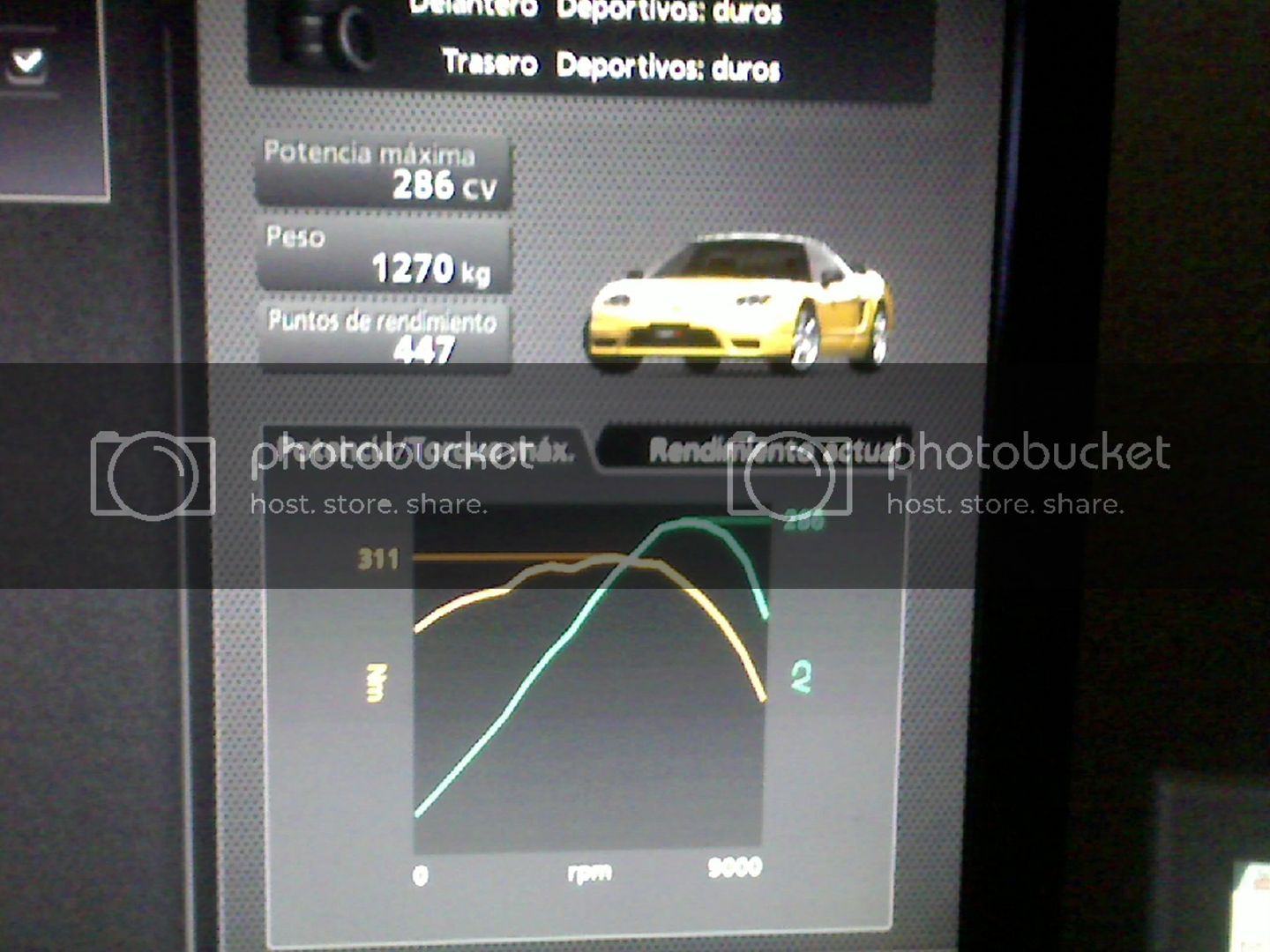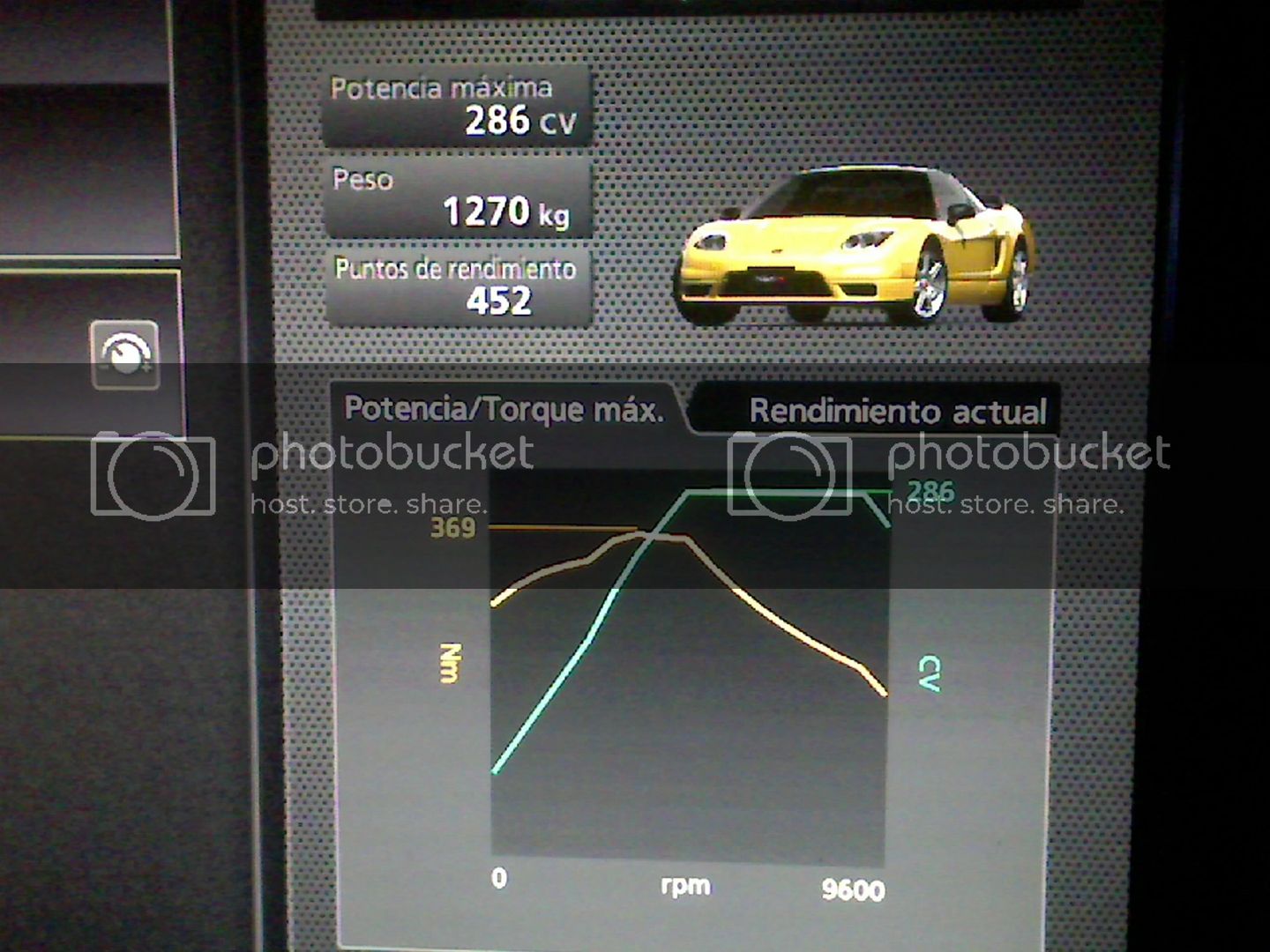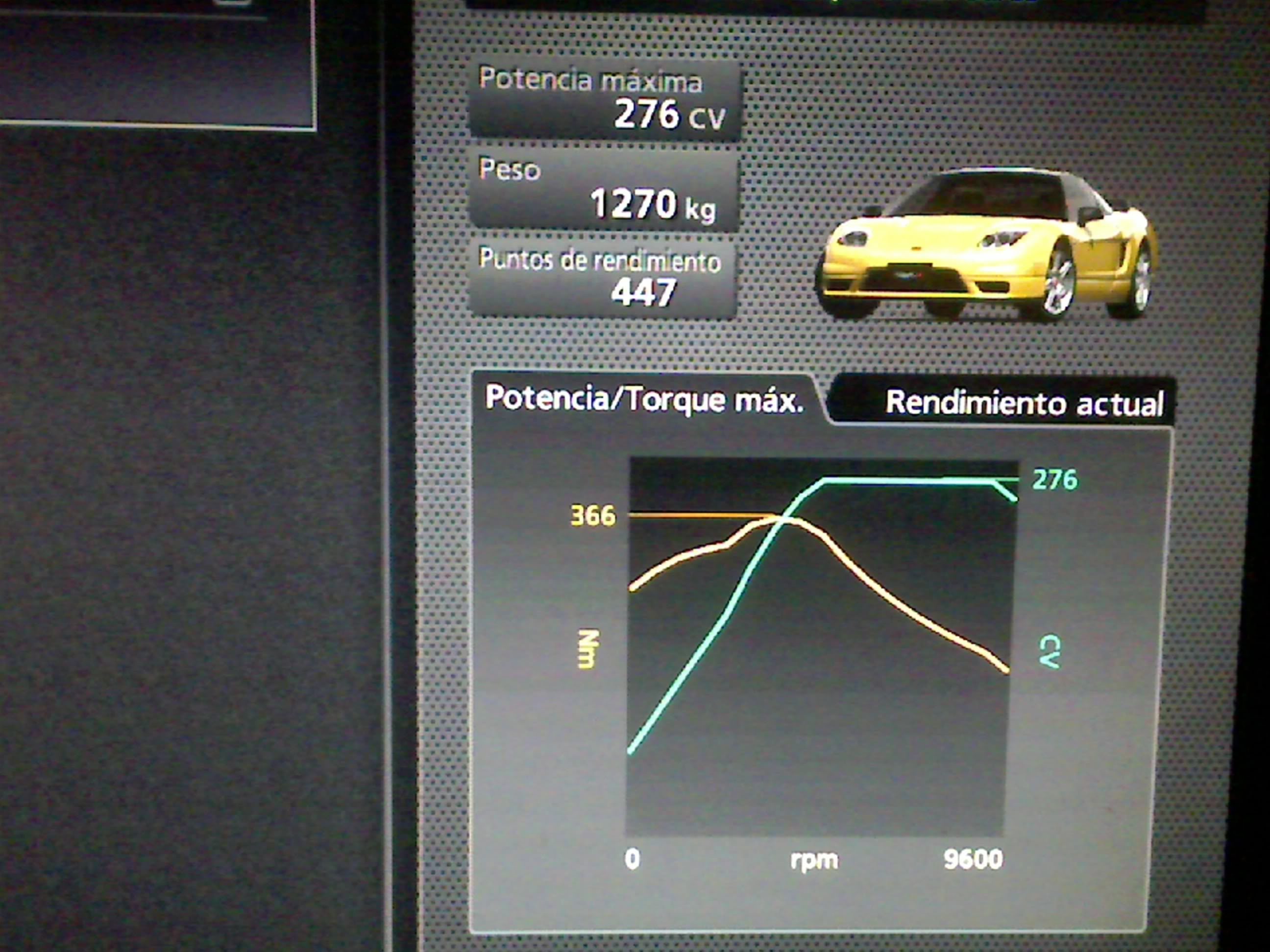- 288
- amigo8833
So, just go to the room with hp and weight limitations.
The power limiter should have worked like a real induction restrictors (which make the engine lose efficiency at all rpm, and especially at peak power and above) or as a fixed throttle limiter (which would have made the engine lose power at all rpm. Like when you don't use full throttle). This dynamic power cut-off thing they implemented is way too good and efficient, with no drawbacks. It makes other modifications lose their meaning.
This is just bad. It means I can bring my Audi R10 TDI to 350hp races.
So from having to use hp restrictions in online races we go to being forced to use pp restrictions, just because hp restrictions are now useless. And to make matters worse pp restrictions are unpredictable mess that can also be influenced by power limiter.

but thats not the case the x1 will still handle like it does, for instance high speed ring in a detuned X1 with full downforce will require no braking whatsoever.Also Yes PP goes down when HP goes down but tires and areo make it go back up. You could dumb your X2010 up to make it fit within the specs of the room but it is going to drive like crap if you do.
I did a quick test with Ferrari F40 at Monza:
When using power points as a limiting factor (596 in my test) the power capped car (constant 463bhp) and the normal car (peak 481bhp) are pretty much equal out of the corners but the normal car has a bit higher top speed which is due to the higher peak bhp.
When using hp/weight as a limiting factor the capped car (600 PP) was clearly faster on acceleration and top speed because this time both cars had the same 481bhp, but the capped car could produce it constantly while the normal F40s power output varied peaking at 481bhp. I changed only tuning parts and didn't touch the ballast.
So this suggests that it's better to use power points to regulate online lobbies. It just remains to be seen how well the pp-system balances race cars, stock street cars and tuned street cars with each other.
Use PP that's why the old power/weight was crappy, it doesn't take into account downforce and tyres. PP does
An Audi R10 will not be able to get PP down to a lower level unless you cut power way down, add lots of extra weight and reduce downforce. I don't think it will feel too good to drive
Power/weight relies on an honor system. PP does not
But they should add drive train restrictions too
Host have to limit by peformance points thats all
Flat power band is simply wrong and unrealistic. These are not electric cars.
Heavily tuned cars with restricted HP will always have advantage over normal cars of the same peak power.
This is a very "arcadey" decision from PD. The guy who said this limitation should not exceed maybe 5-10% of the max power is very right. But 50% reduction with full torque and flat full power on all RPM is simply silly.
A post, from elsewhere...
So the power deliver becomes even?
Will that make a car with the power limited to 50% outputting 300hp, better than a car maxi tuned to 300hp with an uneven power deliver?
Yes and no. On the flat, unequivocally yes. Up hills, the limited car will struggle in the higher rpm range owing to the pitiful torque - or at least it should.
Even with high ballast and way down-powered R10 is a beast. One thing that pp doesn't take into account is car length/width and natural weight distribution. Even normal race cars have an advantage here, racing prototypes and formulas are on an even higher level. Hp/weight restrictions were ideal for more advanced online races. Set the range and you are off, everyone knew where we were and it was peaty easy to prevent overpowered cars like Chaparrals 2j from entering. Now they've taken that from us and we are forced to use PP system. And just from couple of races PP already appears to be a mess. I'm just out of a game where I smoked everyone in Yellowbird RUF, with 40% engine restriction plate and high speed turbo.




Just said that in another thread, this power thing is totally stupid.
How is it a good idea racing ~ 650 hp cars against 'cheated' LMP1 cars which appear to be like 10 seconds faster per lap ???
Btw. you can't restrict PP and weight at the same time.
This ' improvement ' pretty much ruined it for me, unless there's a solution.
They should just take it out, not only it's unrealistic it's simply stupid cause there will always be heroes taking out their fastest possible cars in an online race.
The more average power the car puts on the road, the faster it is.Thoughts?
The more average power the car puts on the road, the faster it is.
Therefore, with a flat power curve you have to have less max power than the same car with a more "traditional" curve in order to develop the same performance.
wow, trying to evenly match cars needs a science degree. This is getting messy.
The more average power the car puts on the road, the faster it is.
Therefore, with a flat power curve you have to have less max power than the same car with a more "traditional" curve in order to develop the same performance.